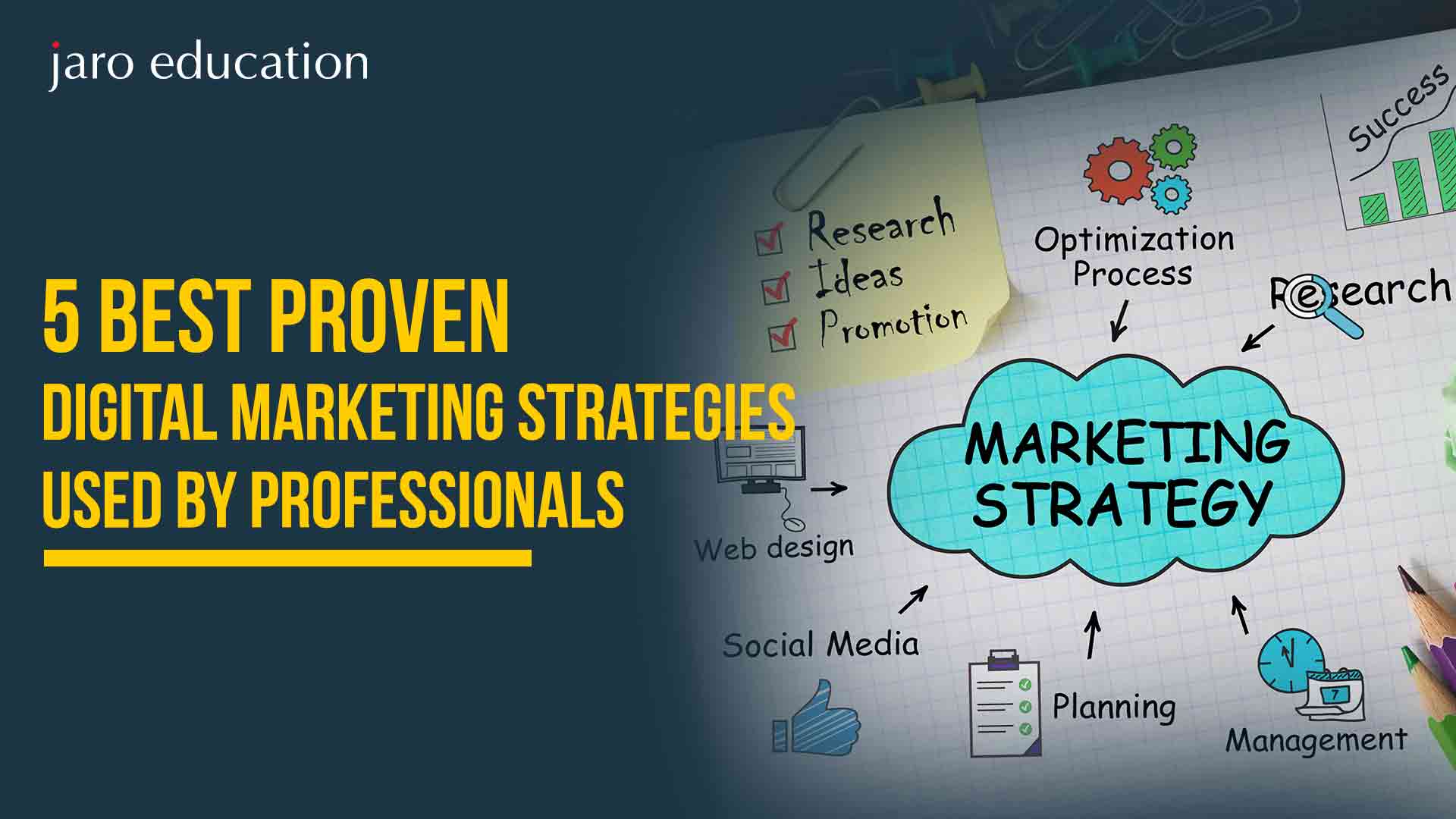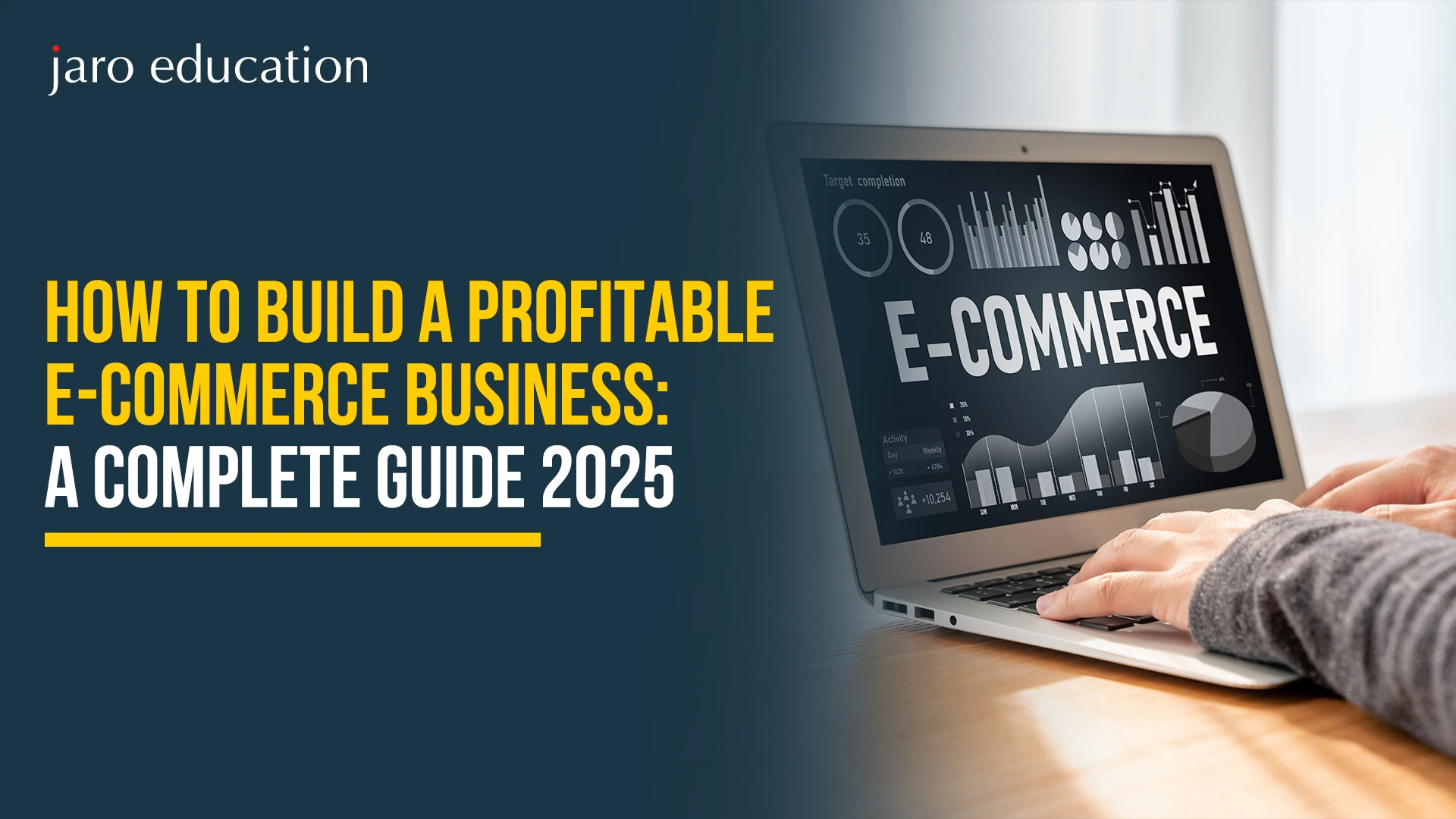Top 8 Inspiring E-Commerce Cases
Table of Contents

- jaro Education
- 3, May 2023
- 10:11 am
E-commerce has changed notably in each decade. Brands that understand the subtlety of digital selling are flourishing with the shift in the consumer base to online e-commerce business shopping. But how do such companies make it? In this e-commerce case study, we shall analyze practical examples of successful e-commerce companies, break down the strategies behind those companies, and extrapolate what you can learn from these e-commerce examples to improve your own business.
Let us explore an e-commerce case study.
Why E-Commerce Case Studies Are So Valuable
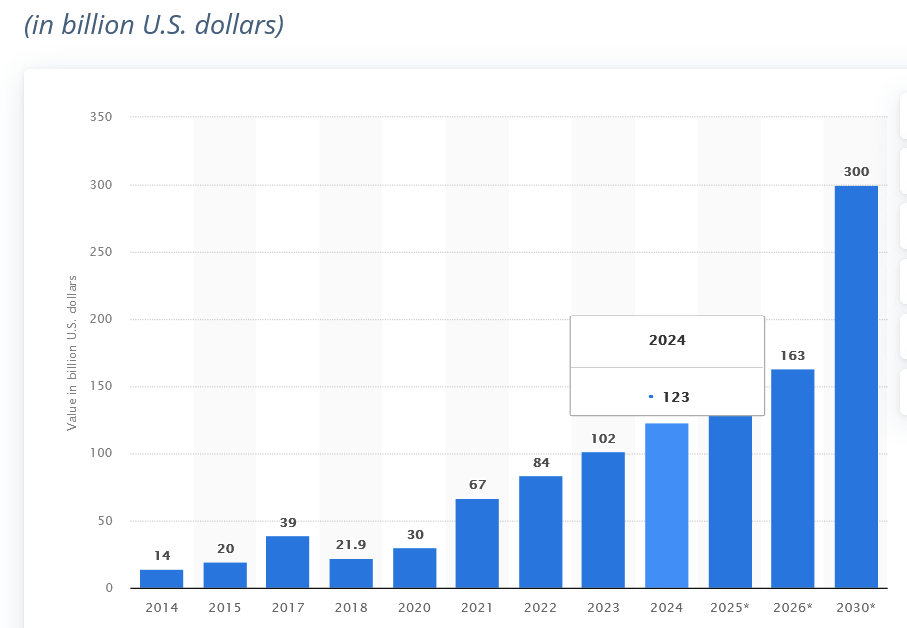
*statista.com
If you are starting or growing your e-commerce enterprise, a comprehensive e-commerce case study is an excellent source of a template and motivation for you. These real-life accounts tend to show:
- What works (and conversely, what does not work) in the field of online commerce
- The growth strategies executed by market leaders
- Insights into consumer behavior and their preferences
- The set of vital tools and platforms that take a long, scalable success
Using such cases, one can skip making blunders and thus fast-track growth by studying successful examples of e-commerce case studies with examples of e-commerce companies.
Case Study: Gymshark – Building a Fitness Brand from a Bedroom
- Year Established: 2012
- Founder: Ben Francis
- Business Area: Fitness apparel
The Journey of E-commerce Case Study
Started in a garage in the UK, today Gymshark has become worth over a billion dollars and operates in dozens of nations; it was started by 19-year-old Ben Francis hand-printing T-shirts for online e-commerce business sales.
Key Strategies
- Influencer marketing: Gymshark partnered with fitness YouTubers and IGers for sponsorship well before such partnerships became mainstream.
- Community-first branding: Instead of one-time sales, brand owners created something like a colony of mutual customers.
- Direct-to-consumer model: Gymshark claims competitive pricing and consistent branding and customer experience while maintaining integrity for direct-to-consumer selling.
Takeaways
- Niche down early: Own a market and then dominate it.
- Create a lifestyle brand: Do not just sell products, but identification and aspirations as well.
- Start small, then grow it organically. It only escalates.
- Big Picture: Success in online e-commerce business transcends community engagement from authentic promotion.
Case Study: Procosmet

E-Commerce case study
Procosmet is a luxury hair and beauty brand developed for natural needs. In other words, Procosmet products consist of shampoos, conditioners, and vial treatments that are 100 percent natural and are made with the purest of essential oils.
The business is based on the idea of blue glass vials for essential oils and active principles. The Procosmet line of products is divided into two brands, Napura and MTJ; both lines create care products from nature.
The chatbots and live chat solution from Tidio have helped Procosmet to bring up substantially all the major performance indices, including a 5X increase in lead generation per month and a 27% increase in conversion rates. Tidio’s tools now generate one-third of Procosmet’s revenue!
But how did they manage to do that? Now let us go into the details.
The most arduous work was that of order management. Canceling, modifying, and refunding orders were tasks that took up a lot of time for support agents. That was because these tasks had to be done “manually, such as asking for the order number, opening the Shopify store, searching for the order, and making the requested changes in the world e-commerce case study.
So, they figured that the Procosmet representatives could use these automation tools to assist with repetitive tasks. The move turned out to be a wonderful decision.
Sales have shot up
Before installing Tidio on their website, Procosmet would gather approximately 10–30 leads per month. Switching to Tidio for their customer service automation enabled the reach of more than 100 prospects!
Moreover, by getting their newsletter chatbot and Tidio email marketing tools on their side to run just a one-off campaign, they have achieved over a 1,000% return on investment.
The conversion rate has become stable.
However, Procosmet still suffered several spikes in its conversion metrics. That really proved to be troublesome when it came to things like forecasting sales for the coming months or analyzing the work of the markets, etc. Now Tidio+ obviates such headaches.
Case Study: Allbirds - Sustainable Shoes for Conscious Consumerism

*allbirds.ca
- Founded: 2016.
- Founders: Tim Brown & Joey Zwillinger.
- Niche: Eco-friendly footwear.
Journey of E-Commerce Case Study
Allbirds’ wool sneakers seem to have taken off almost overnight due to their distinctive material and message about sustainability.
– Core-value Sustainability: All product and supply chain parts contain ecologically sound choices.
– Everything is simple: Allbirds focused on some brilliant creations instead of hundreds of SKUs.
– Storytelling: Their site and ads give an insight into their mission and materials.
What to Learn:
- It’s not just yet another trend but a fuel for powerful differentiation.
- A simple product with a powerful story can sell much better than complex catalogs.
- Transparency is rewarding for consumers.
Key takeaway:
Customers are increasingly attracted to value-based brands. This is in line with an increasingly online e-commerce business.
Critical Elements That Influence Success In The Indian E-Commerce Sector
1. Case Study 1: Flipkart
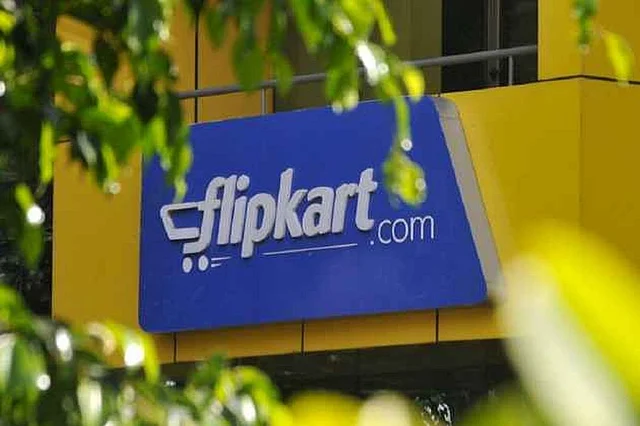
One of the biggest e-commerce case studies online is e-commerce business retailer Flipkart in India. Flipkart was established in 2007 by Sachin and Binny Bansal. The business began as an online e-commerce business bookstore and then gradually broadened its domain to a variety of goods— including electronics, apparel, and household goods.
Its unwavering focus on client happiness is one of the main causes of Flipkart’s success. Via a user-friendly website and mobile app, a variety of payment choices, and a strong delivery network, the company offered a seamless and personalized client experience.
Flipkart plans to establish itself as a significant player in the rapidly expanding quick commerce market by opening 800 dark stores under its Flipkart Minutes quick commerce arm by 2025. This expansion complements a broader strategy to seize a significant chunk of the Indian e-commerce pie. Besides examples of e-commerce companies like Amazon and Reliance Industries, expected to share almost 90% of the market combined, an e-commerce case study.
The idea of cash-on-delivery was also introduced by Flipkart, which addressed the concerns of convenience and trust for customers who were hesitant to make online e-commerce business payments. Flipkart has established several milestones and won various awards for its unique business strategy and customer-focused outlook over the years.
2. Case Study 2: Myntra
Myntra is an online e-commerce business retailer of fashion and lifestyle products that has revolutionized the Indian fashion market with its creative thinking and dedication to the customer experience.
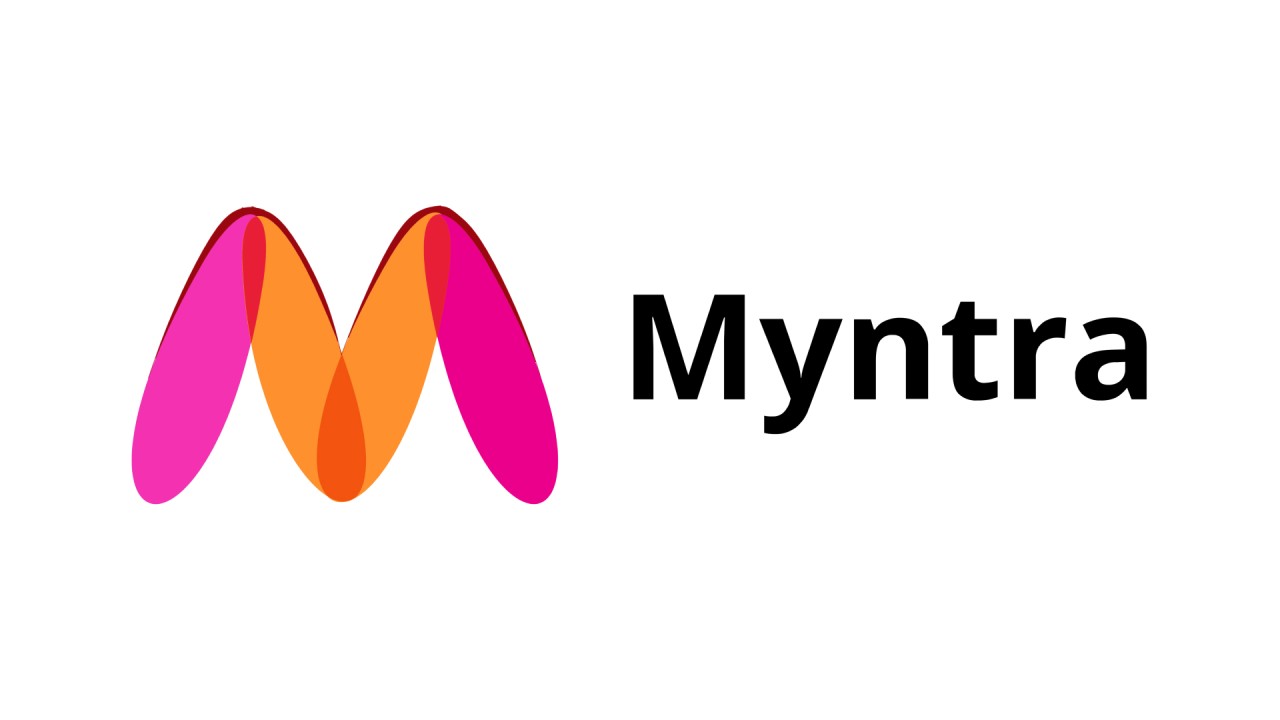
Offering a large selection of reasonably priced, fashionable products with an emphasis on customer preferences and personalization has helped Myntra stand out among rival retailers. The business has also made use of technology to offer features like chatbots for client help, customized recommendations, and virtual try-on e-commerce case studies.
According to the consolidated financial statement published with the Registrar of Companies (RoC), Myntra’s revenue from operations increased by 14.71% to Rs. 5,121.8 crores in FY24 versus Rs. 4,465 crores in FY23.
Myntra’s e-commerce case study has shown rapid response to the COVID-19 outbreak by starting projects like virtual fashion shows and contactless deliveries. It also collaborated with local manufacturers to make face masks and other necessary products.
Several honors and awards have been given to Myntra in recognition of its success, including the title of Most Admired & Valuable Power Brand in India in 2020.
3. Case Study 3: Nykaa
The Nykaa e-commerce case study is an online retailer with headquarters in Mumbai that focuses on health and cosmetic supplies. The company’s distinctive value proposition, which includes a large selection of products from both domestic and foreign brands, low pricing, and a seamless customer experience, is responsible for its success.

*The Economics Times
In the third quarter of fiscal year 2025, revenue from operations was reported to be nearly ₹22,672 million, growing 27% year-on-year and growing net profit 51% up to ₹264 million during the period. EBITDA for the company at ₹1,408 million depicted a whopping 42% increase. The EBITDA margins, however, improved to 6.2%. Within this, the other 27% increase was recorded by the beauty segment, which forms the bulk of the top line.
With an e-commerce case study that focuses on social media and influencer collaborations, Nykaa has made significant investments in marketing and branding. Nykaa’s strong Net Promoter Score (NPS), which is among the highest in the e-commerce sector at 70, demonstrates its dedication to client satisfaction. The valuation of Nykaa was over $1.2 billion in 2020, and it has aspirations to increase its product lineup and retail presence over the next few years.
4. Case Study 4: Zomato
Zomato, an Indian website for finding restaurants and online meal delivery, was established in 2008.
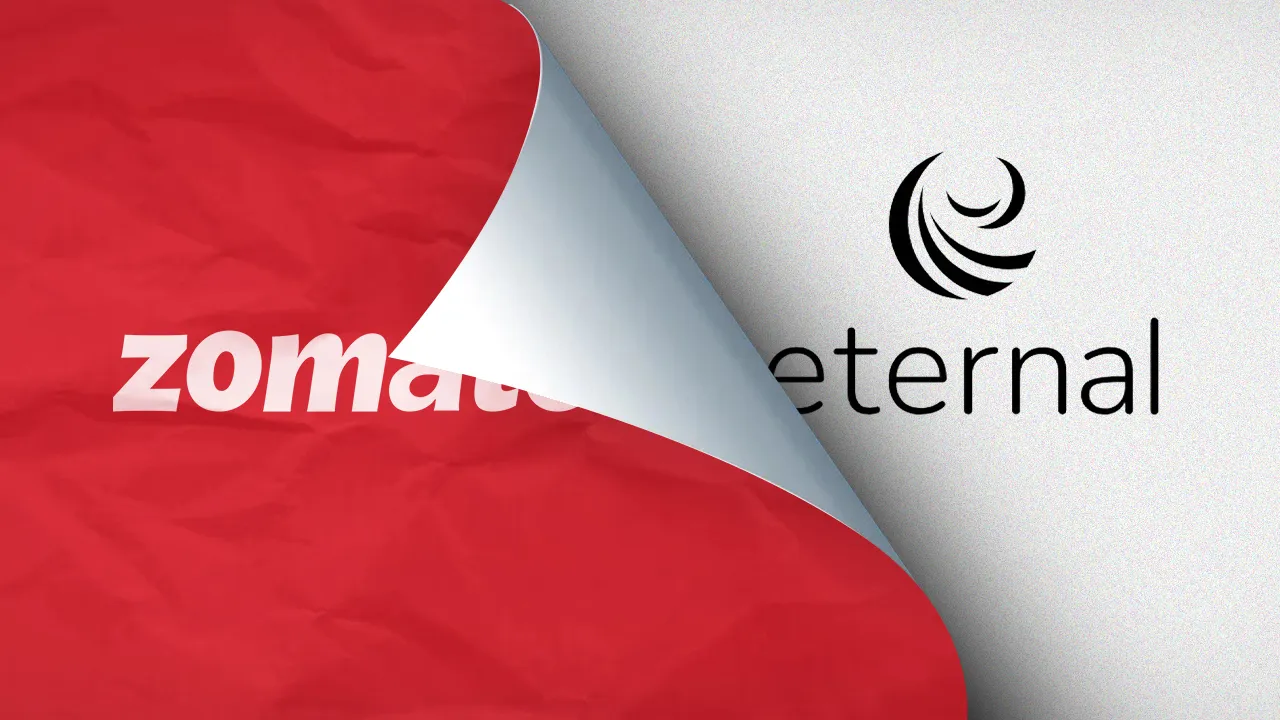
*Entracker
Food delivery giant Zomato has officially changed its name to Eternal Ltd. on the stock exchanges, effective today, April 9, 2025. The company announced on March 20 that the name change had been sanctioned by the Ministry of Corporate Affairs (MCA). Following this announcement, Eternal’s share price was trading 2% lower on the indices. The stock symbol will change alongside the name to align with the company’s growth into various segments, like food delivery and quick commerce, as part of its strategic expansion.
Compared to the previous year’s third quarter, the company’s consolidated revenue from operations increased by 64.38 percent, or ₹2,117 crore, reaching ₹5,405 crore, up from ₹3,288 crore. Zomato’s current price on the NSE is ₹203.15. Our forecast suggests Zomato shares will rise 75.78% to reach ₹357.10 per share by 2025. The current sentiment appears to be bearish according to our technical indicators, and the Fear & Greed Index shows a value of 49.61 (Fear).
Focusing on providing a seamless user experience was one of the primary strategies that helped Zomato stand out in the crowded meal delivery industry. This goal was achieved through several methods, including a user-friendly smartphone app, various payment options, and a robust delivery network that ensured prompt and secure meal delivery.
The company expanded its international operations to reach new customers and diversified into new areas, including cloud kitchens and grocery delivery.
5. Case Study 5: Paytm
Vijay Shekhar Sharma established the digital wallet and e-commerce platform Paytm in 2010. The business began as a platform for cell phone recharges and bill payments but eventually broadened its offerings to include online shopping, flight and hotel bookings, and investments in digital gold.
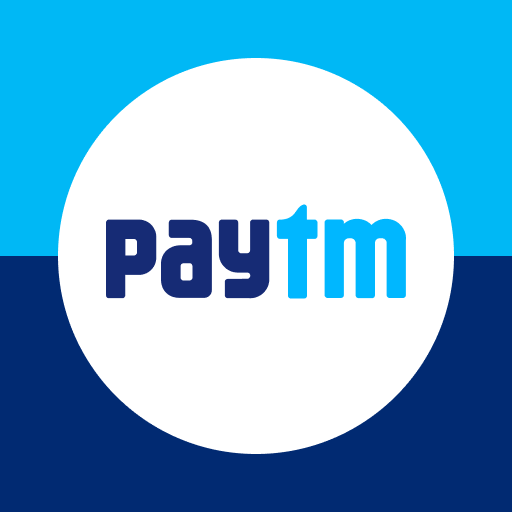
*Google Play
Focusing on cashless transactions is one of Paytm’s primary business strategies, which is especially important in a nation where a substantial portion of the populace lacks access to banking. Apart from that, several business and governmental organizations have also acknowledged Paytm’s performance.
Pai Platforms, the Paytm e-commerce platform, plans to focus on onboarding 10 million merchants through the government-endorsed Open Network for Digital Commerce (ONDC) in 2025. Meanwhile, the company is aiming for profitability shortly, with a target of EBITDA before ESOP costs in the upcoming quarter.
To create a business like this and set an example for many upcoming businesses in the market, consider enrolling yourself in Hybrid PGDM—WeSchool. It will help you become a leader who can articulate worthwhile concepts, create solid business philosophies, and handle challenging business situations.
Over the past ten years, the Indian e-commerce case study sector has experienced enormous growth and innovation, with several businesses making their mark on the international scene. The top 5 successful Indian examples of e-commerce companies—Flipkart, Amazon India, Myntra, BigBasket, and Paytm—serve as illustrative instances of how innovation, customer attention, and technology can propel success in the sector.
These businesses have overcome many obstacles, such as fierce competition and regulatory barriers, and have become market leaders in their industries. Their success is due to their ability to adapt to the market, innovate, and stay committed to client satisfaction.
Tips for Launching Your Own Online E-Commerce Business

Final Thoughts: Why You Should Study E-Commerce Case Studies
Every e-commerce case study here imparts a different but equally important lesson. Be it building community, optimizing customer experience, or innovating, these business examples in the e-commerce space highlight the limitless opportunities in online e-commerce business.
Success does not happen overnight, but with the right mix of strategy, technology, and empathy, your brand can grow just as these examples of e-commerce companies have.
Ready to lay down your e-commerce success story? Let us know in the comments below.
Frequently Asked Questions
An e-commerce case study is a detailed analysis of an online business’s strategies, challenges, and results. It showcases how an e-commerce brand achieved specific goals, such as increasing sales, improving customer experience, or scaling operations.
E-commerce case studies provide real-world examples and actionable insights. They help business owners, marketers, and entrepreneurs understand what works in online commerce and how to apply similar strategies to their e-commerce businesses.
Some well-known examples of e-commerce companies include:
- Gymshark – fitness apparel
- Parker—ker – eyewear
- Glossier – beauty and skincare
- Allbirds – eco-friendly footwear
- Chewy – pet supplies
These brands are often featured in e-commerce case studies due to their innovative strategies and rapid growth.
From an e-commerce case study, you can learn:
- How to market products effectively online
- The role of branding and storytelling
- Ways to optimize user experience and checkout processes
- Which tools and platforms support e-commerce growth
- Common mistakes to avoid in the e-commerce journey
To write your own e-commerce case study:
- Define the objective – What did you aim to achieve?
- Explain the challenge – What problem were you solving?
- Detail the strategy – What steps or tactics did you implement?
- Share the results – Include key metrics (conversion rate, revenue, etc.)
- Add insights – What lessons were learned, and what’s next?




